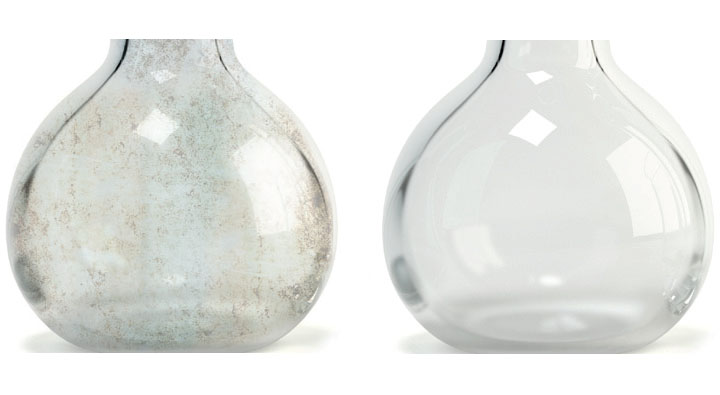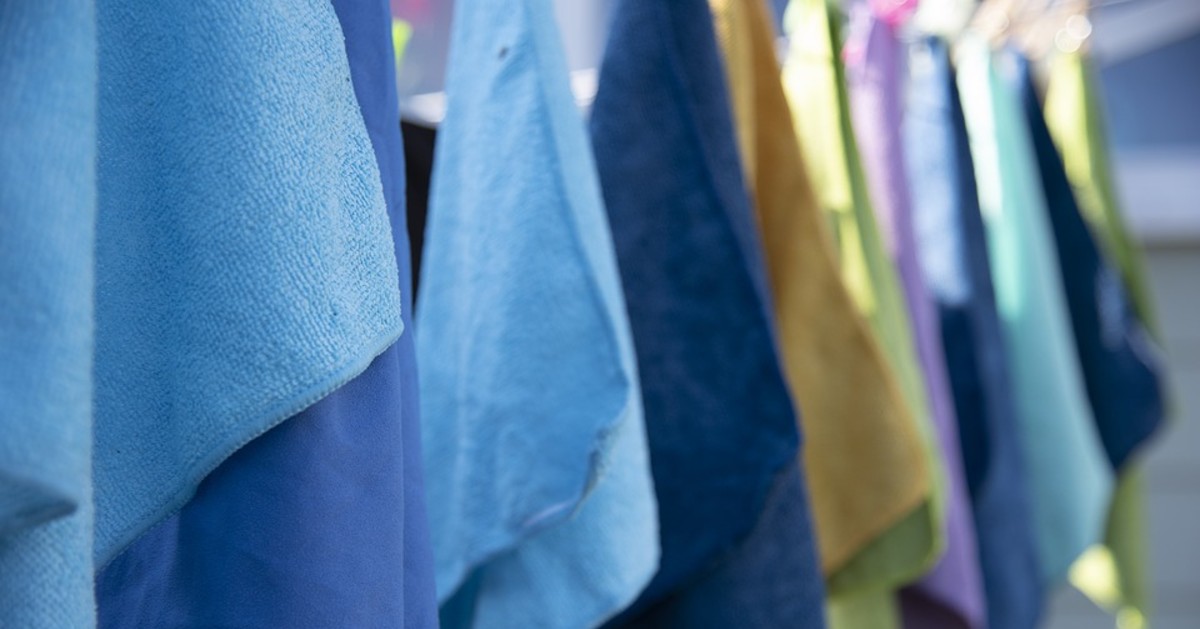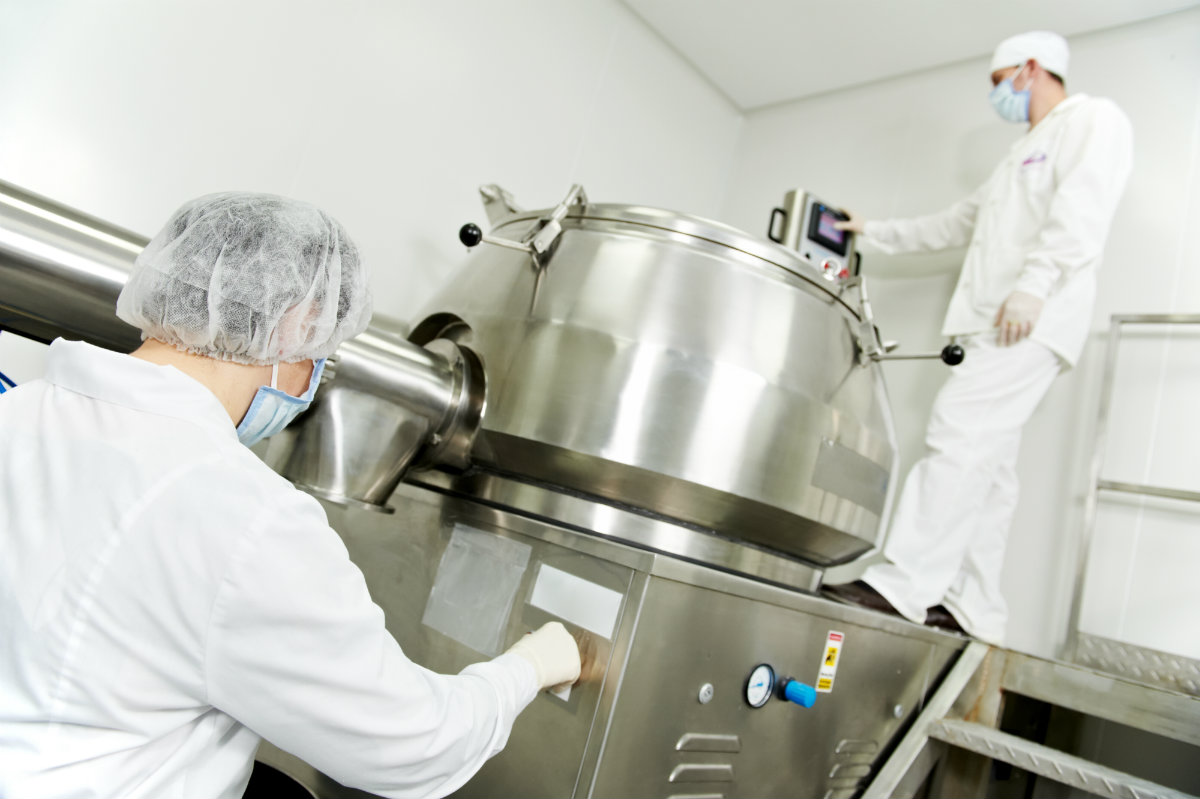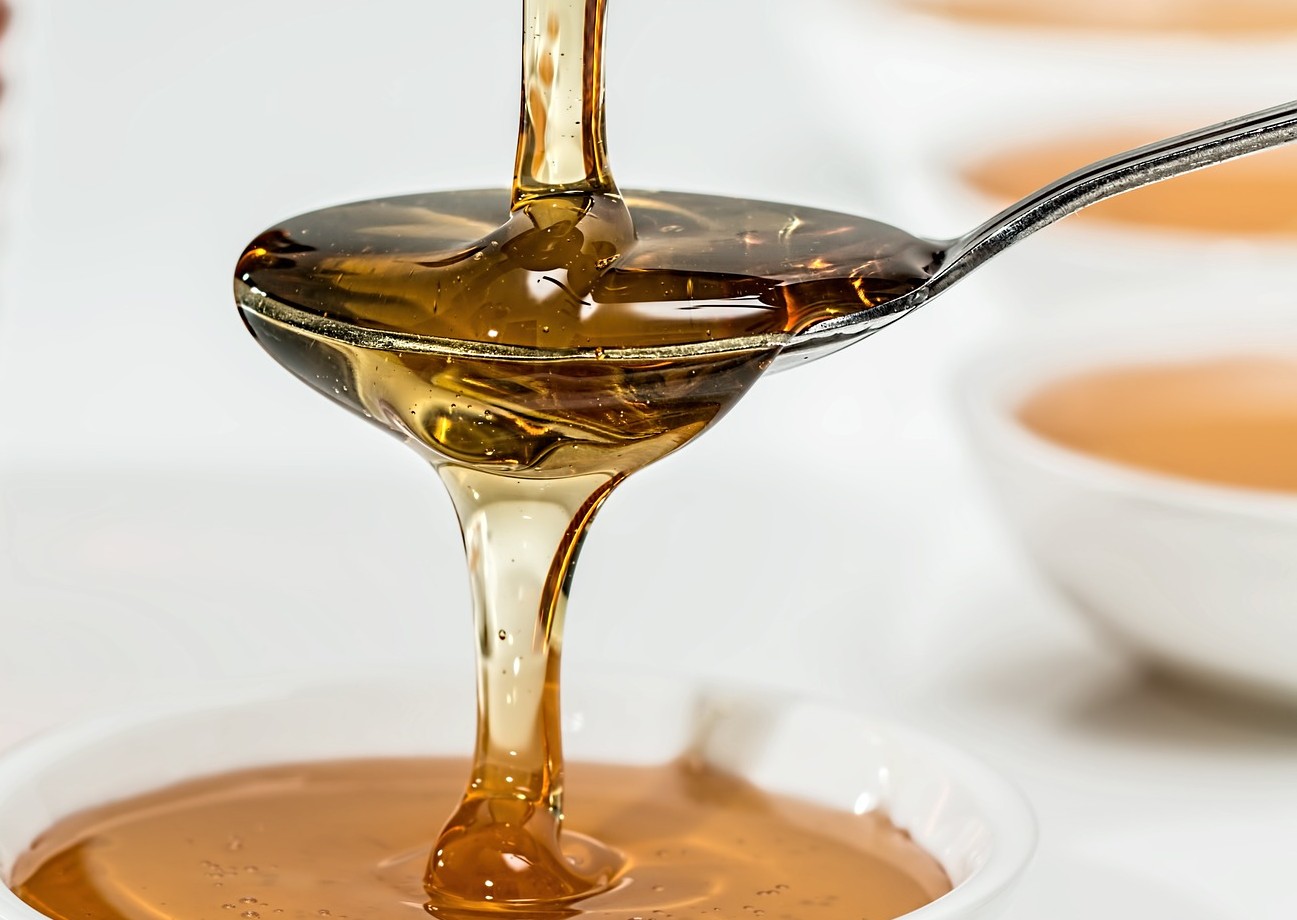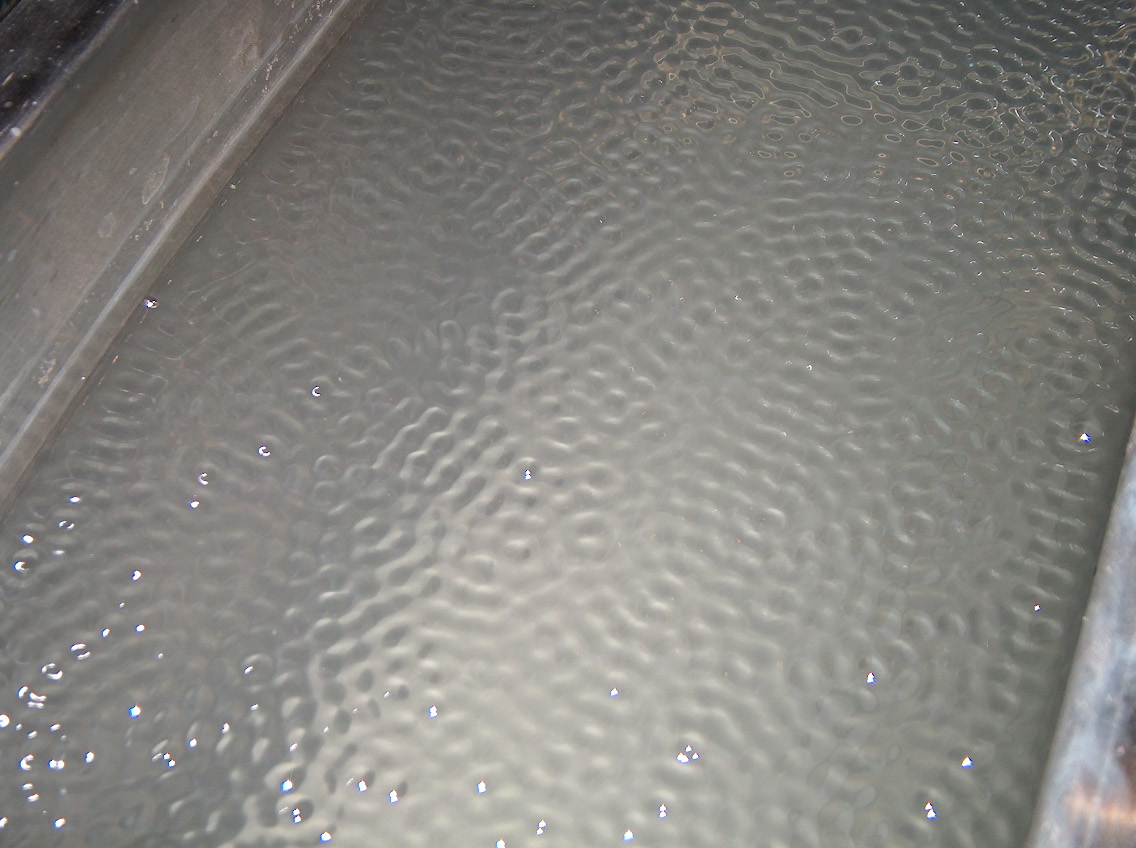Cleaning Botanical and Cannabis Residue in the Laboratory
Q: We are working with cannabis resin in our lab and the residue is very tough to remove. We are currently using isopropyl alcohol and it is just not good enough. Any advice?
A: It is no secret that waxy, sticky cannabis and other botanical resins are some of the most difficult residues to clean. But of course, keeping your labware, glassware and other laboratory equipment clean is vital.
Ultrasonic Cleaner for Parts and Towels
Q. I’m looking for a cleaning solution to use in our industrial ultrasonic cleaner that is similar to the old style competitor detergent. We use it occasionally for general cleaning, removal of machining oils, cleaning for high vacuum use, and to lightly etch the oxides off of copper. Would you recommend Alconox or Liquinox detergent? How long would a pre-mix of the formulations last before degrading? Could we also use this for washing microfiber towels and foam sponges that have various waxes, polymer sealants and oils on them?
Manual Cleaning A 100 Gallon Mixer
Q: We are looking for detergent and process recommendations for manual cleaning of a 100 gallon mixer. We make one product in the mixer which contains water, starch, acidic buffers, sucralose and preservative. Currently when cleaning, we boil for 1 hour at 90°C, then cool, drain and soak in cool water while using the mixing blades. Scrub brushes and a spray hosing follows that. The mixer is made from stainless steel.
Food Grade Cleaners: Removing Corn Syrup
We currently use Alconox detergent to clean our cold-form extruders. While it’s great for grease, it doesn’t seem to help cut the stickiness we see from cane molasses and corn syrup. Do you have a recommendation for another cleaning agent?
How to Clean Mold Release Agent from HDPE parts?
Q. We are looking for a product that will allow us to clean mold release agent from the surface of molded HDPE parts. A. The best way to reliably remove silicone based mold release agents is to immerse the HDPE parts in very hot (170ºF) 2% Alconox detergent followed by a very hot (170ºF) rinse, ideally both in ultrasonic tanks. After the first very hot rinse, normal ambient temperature rinsing can be done. This can also be done with stiff brushes, but of course protective equipment must be worn.
The theory behind this is that …
